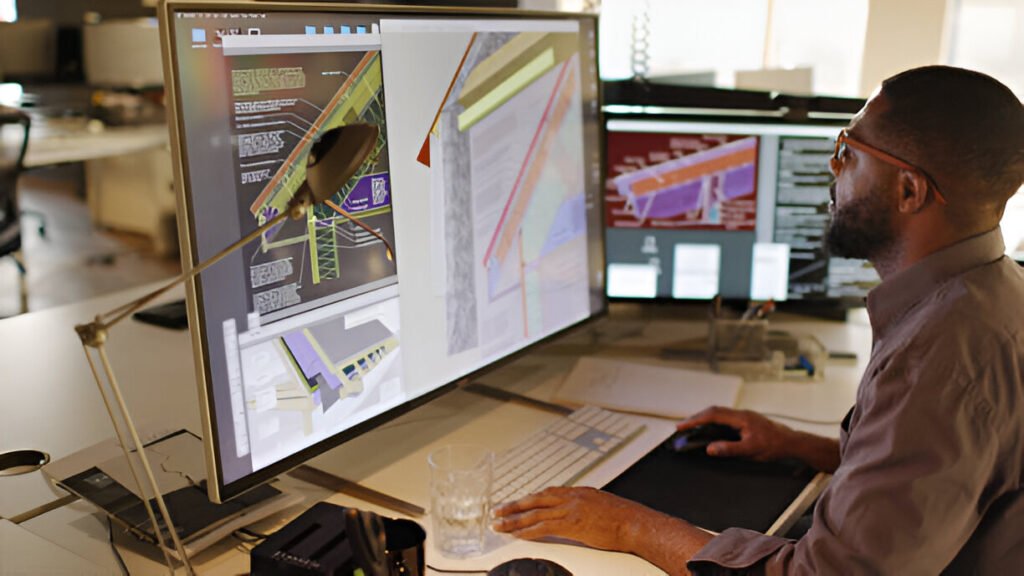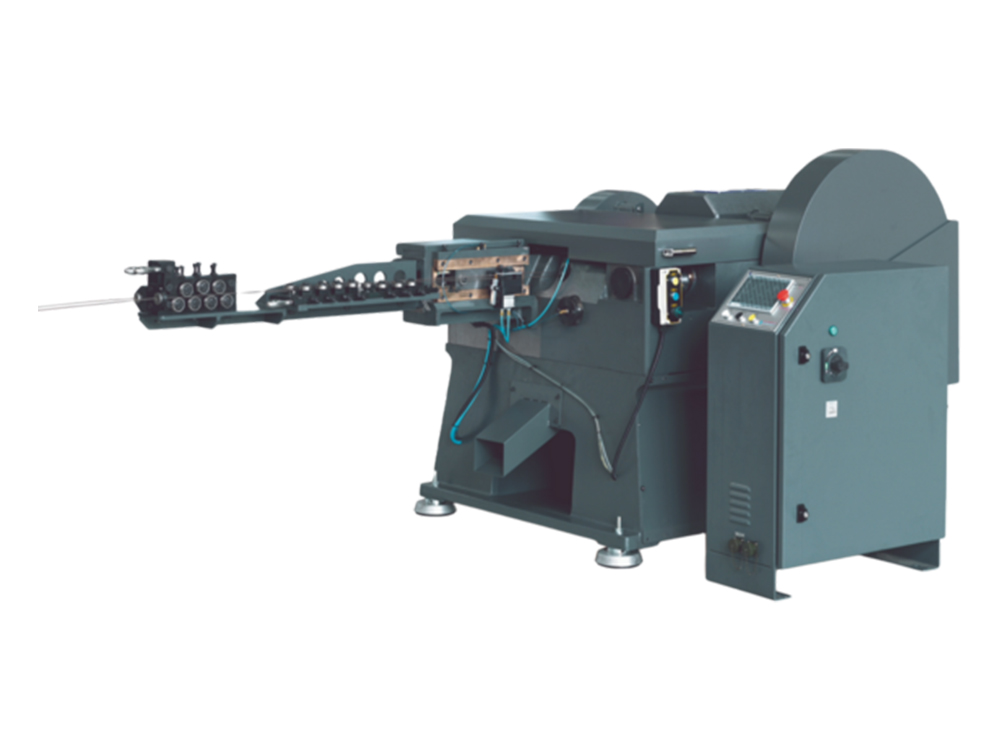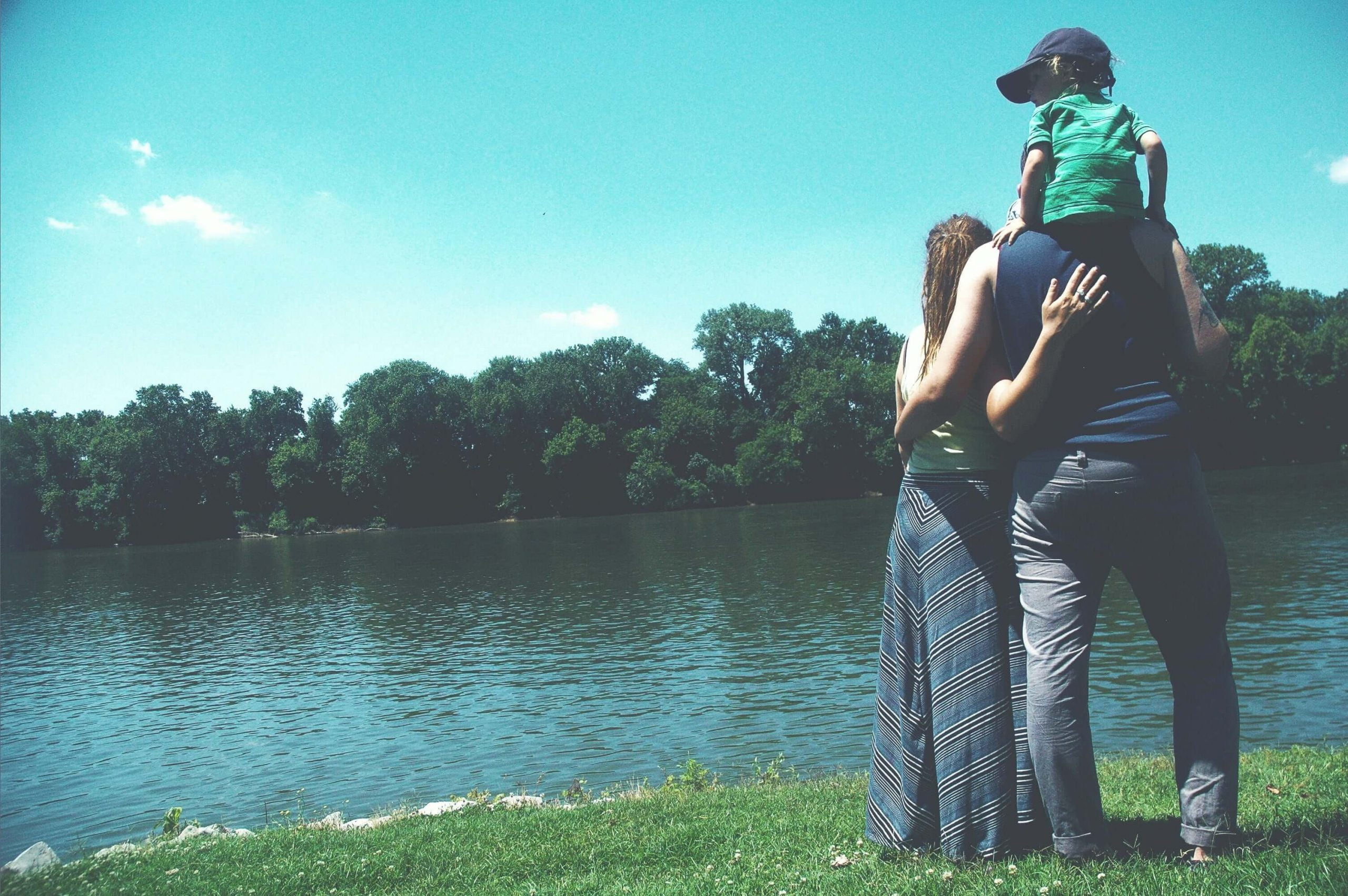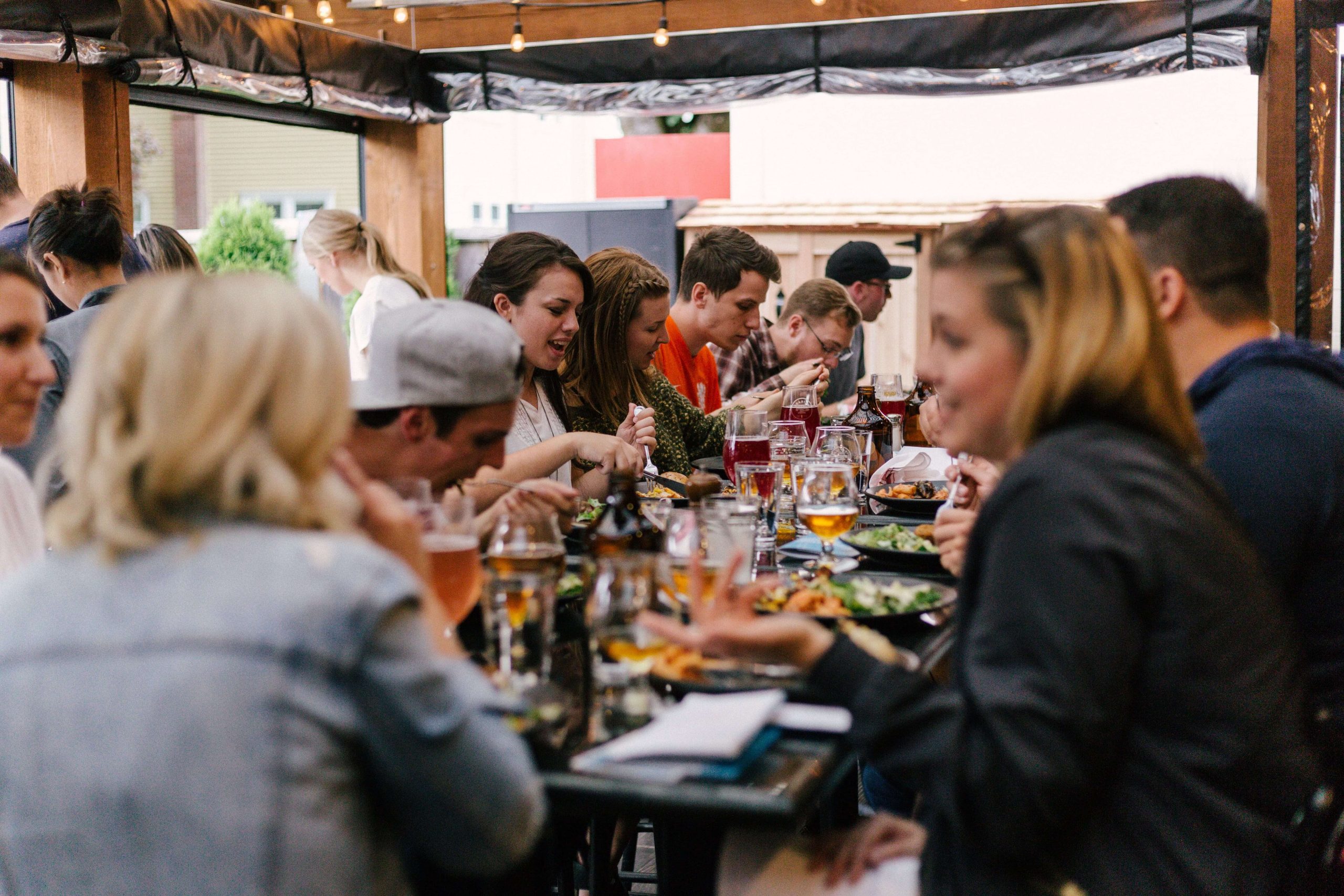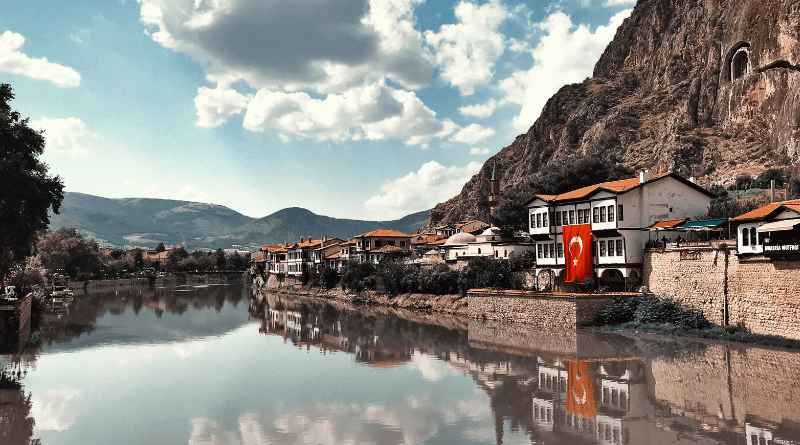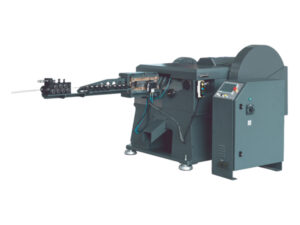Introduction to Creative Landscaping
Landscaping is more than just planting flowers and trimming hedges; it’s an art form that can transform your outdoor area into a beautiful, functional space. Creative landscaping involves blending various elements such as plants, water features, and hardscapes to create a cohesive and visually appealing environment. A landscaping designer can guide you through combining these elements to elevate your outdoor space. Whether you’re looking to create a tranquil retreat or an area perfect for entertaining, creative landscaping ideas can help you achieve your dream yard.
Sustainable Landscaping Practices
Sustainability is one of the most essential concepts in landscaping today. Sustainable landscaping techniques are an excellent option for contemporary homeowners because they suit the environment and save money and time on upkeep. For example, native plants are especially beneficial because they are acclimated to the local soil and climate, which makes them less demanding on extra fertilizer or watering and easier to maintain. Incorporating elements like rain gardens can also aid in controlling stormwater runoff, lowering the danger of erosion and flooding.
Incorporating Water Features
Ponds, fountains, and waterfalls are water features that may bring elegance and peace to any yard. These elements contribute to a biodiverse landscape by drawing wildlife and fostering a calming mood. In cities, the sound of flowing water can serve as a tranquil escape by disguising noise pollution. To ensure the water feature blends in seamlessly with the rest of your design, consider the size of your yard and the landscape’s overall concept while planning it. Furthermore, recirculating pumps, which are more environmentally friendly and energy-efficient than other pumps, are frequently used in contemporary water features.
Choosing the Right Plants
Selecting the right plants for your landscape is crucial for creating a thriving garden. Many factors must be considered, such as climate, soil type, and sunlight exposure. For those who live in dry climates, drought-tolerant plants like succulents and cacti can be excellent choices because they require minimal water. Conversely, if you live in a region with ample rainfall, plants that thrive in wetter conditions should be prioritized. Perennials are also a great option as they return year after year, reducing the need for replanting and ensuring long-term garden stability.
Using Hardscapes in Landscaping
Hardscaping elements such as patios, walkways, and rock gardens can add structure and functionality to your outdoor space. These elements are durable and require less upkeep compared to plant-based landscaping features. When incorporating hardscapes, it’s essential to maintain a balance to ensure that the space doesn’t appear too harsh or industrial. Combining hard materials with soft landscaping elements like lush greenery can create a well-rounded and visually appealing landscape. Also, choosing materials complementing the natural surroundings can seamlessly integrate the built environment and the natural landscape.
Adding Outdoor Lighting
Outdoor lighting can dramatically change the ambiance of your garden after dark. From subtle path lights to dramatic uplighting under trees, lighting options can highlight the key features of your landscape and extend your outdoor use into the evening hours. Solar-powered lights are an excellent sustainable option that helps reduce energy costs while providing adequate lighting. Additionally, motion-activated lights can enhance security by illuminating dark corners of your property when movement is detected, providing both aesthetic and practical benefits.
Maintaining Your Landscape
Regular upkeep is necessary to keep your yard looking its best after you’ve developed and implemented your landscaping ideas. Even though they may seem complicated, chores like weeding, pruning, and seasonal planting are essential for a healthy landscape. Mulching is one technique that can suppress weeds, decrease the watering frequency, and maintain soil moisture. Drip irrigation systems can also minimize water waste and offer effective watering options. Routine maintenance involves looking for pests and illnesses to keep plants healthy and vibrant.
Final Thoughts on Creative Landscaping
Creating a breathtaking landscape involves a blend of aesthetics, functionality, and sustainable practices. By taking the time to plan your space and carefully selecting elements that work together, you can craft a yard that is both beautiful and environmentally friendly. Consider natural and artificial features and the ecosystem your garden will support. With creativity and a bit of knowledge, your outdoor space can become a true sanctuary, offering a perfect blend of beauty and practicality.

